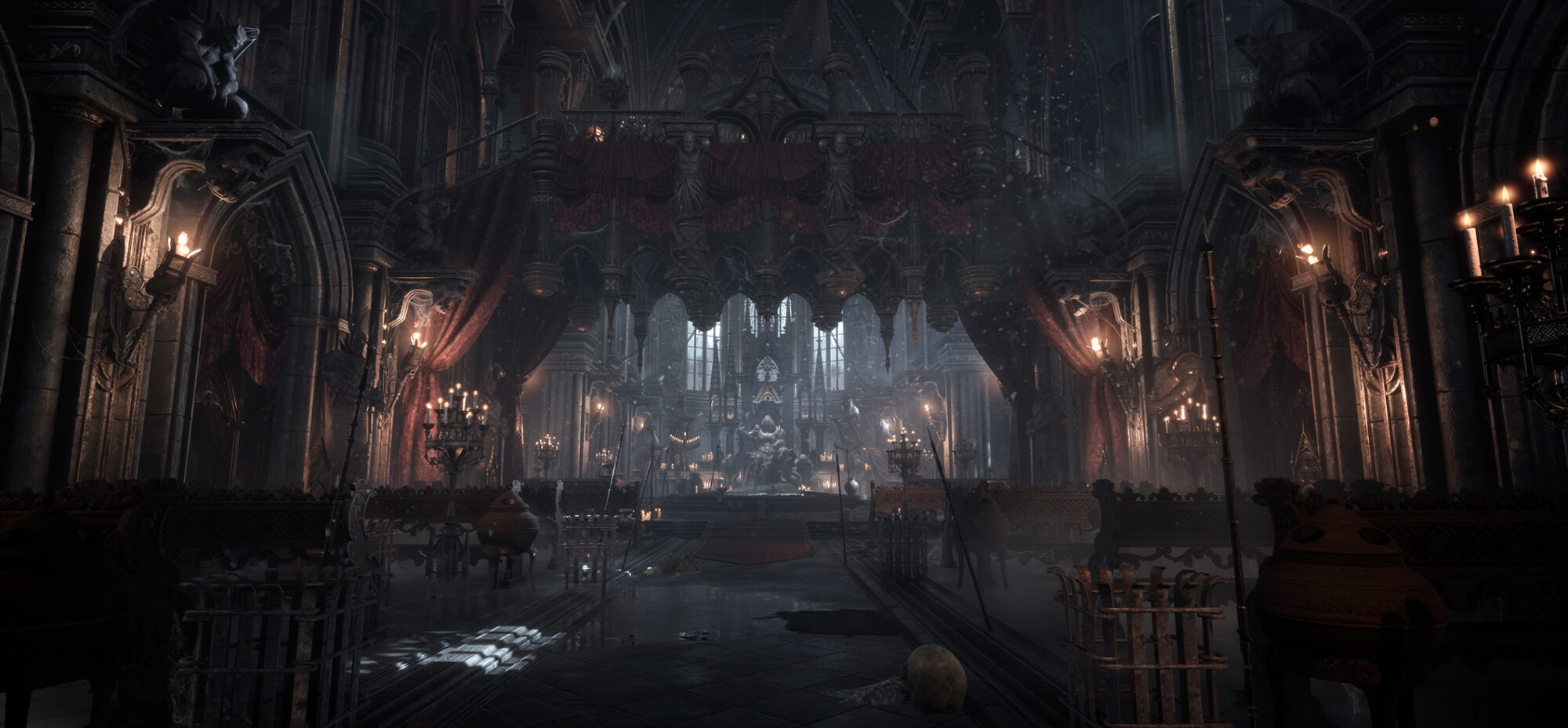
Goals
In this article, I will be explaining my thoughts and process behind my ancient roman house project. My objectives with this project were to create a relatively simple scene where I could show how I implemented materials on Unreal engine 4 while showcasing the use and power of trim sheets.
References
Even though it is a small scene, it’s essential to have references to stick to. My main references were Assasins Creed Odyssey and Ryse: Son of Rome. While I really liked the texturing and workflow from Odyssey, the scene layout is more of a Roman peristyle than a Greek house. With screenshots from these two games and real-life pictures and info, I got my reference sheet.

Blocking and modelling
Since the focus of this project was not to show my modelling skills, I kept the models fairly simple, I started to blockout the scene based on my references, real peristyles and a bit of imagination, and once I had the base going, I started to work on texturing and modifying the meshes accordingly. All meshes are modular and are thought to be used as an asset pack to build many different houses.

Even though the original blockout is similar to the final piece, you will see that during development the scene has shrunk in size to make sure that proportions were closer to the real-life counterparts and that the scene felt cozier.


Materials
Once I had my base models, I thought of how many trims I would need to texture my scene. From there I divided them into materials and started working in a first pass. Once I got that done, I implemented them in the meshes to check for any errors, mistakes or possible improvements and reworked them again doing enough passes until I was happy with the result.
Artistic-wise, you will see that materials have exaggerated big shapes compared to their real-life counterparts. That was done so that medium and small details were more readable, and those big details were visible and easy to understand even from far away. This allows the player or user to read the materials fast and avoid noise.

The scene is composed of 8 trim materials with one additional decal material and Megascans for the organic and foliage parts. The trims were sculpted in Substance Designer and then brought to Painter for the layering and final texturing.
This workflow was inspired by the one done inAC Odyssey by VincentDérozier and Pierre Fleau. With this workflow, if you use the same bank of base materials for all your trims in painter, you will get a very cohesive look between your final materials. Besides that, it is easier to change certain layers of the material if you want to do a fast iteration to check it on your scene.

Shaders
For this project, I did not use any fancy shaders. Most meshes in this scene only have two UV channels, one for the material and another for the lightmap. Lightmaps were done manually to avoid possible visual bugs in dark areas between modules.
That said there are some materials, like the clay wall and flags that use a third UV channel for the golden decals (letters, floral patterns, etc..)and vertex painting to add some decay to the clay material. This helps to add variation to the otherwise quite repetitive wall texture.

LightingLighting is the subject where I struggle the most, yet it is probably the most important part of a scene. Good lighting can really level up your whole project or tone it down depending on how you do it.
Even if you are not a lighting artist, you should always take your time to light your scenes properly. For this scene, I went for two different light setups. One during the daytime with just the light of the sun, and one during the night, with some torches lighting dark areas from the scene and making some materials pop more.
Getting feedback on this subject is really important, other people may find out problems with your scene that you can’t see because you’ve been working on it for so many hours. In this case, it took about 7 passes until I got the final result.

Polish and Final Pass
For the postprocessing of the scene, I used custom LUTs with low intensities for both scenes. Those were done by taking a screenshot of the level, modifying it in photoshop and exporting the color grading lookup table back to unreal. Besides that, I adjusted the bloom intensity, set a fixed exposure and not much more.
Conclusions
Overall, I believe that this project achieves what I tried to accomplish in the beginning. Building a scene in UE4 or any other engine teaches you all the struggles you have to go through when implementing materials into a game. If you want any advice, keep your projects simple so that they are manageable, and you can finish them.
If there one thing that helped me improve the quality of this project, that was feedback.
Special shoutout to Jeremy Estrellado & Ben Wilson, who both gave me a lot of nice tips that made the whole project improve a lot. I usually like to get feedback from art Discord servers like Dinusty, ExpPoints or The Club. Opinions of others are valuable, and you should always keep that in mind!
Thanks for reading, and thanks to GamesArtist for providing me this opportunity!
I hope that you got something from this article and that it was useful to somebody. If you want to check more of my works you can check my portfolio:
https://www.artstation.com/drixxart














